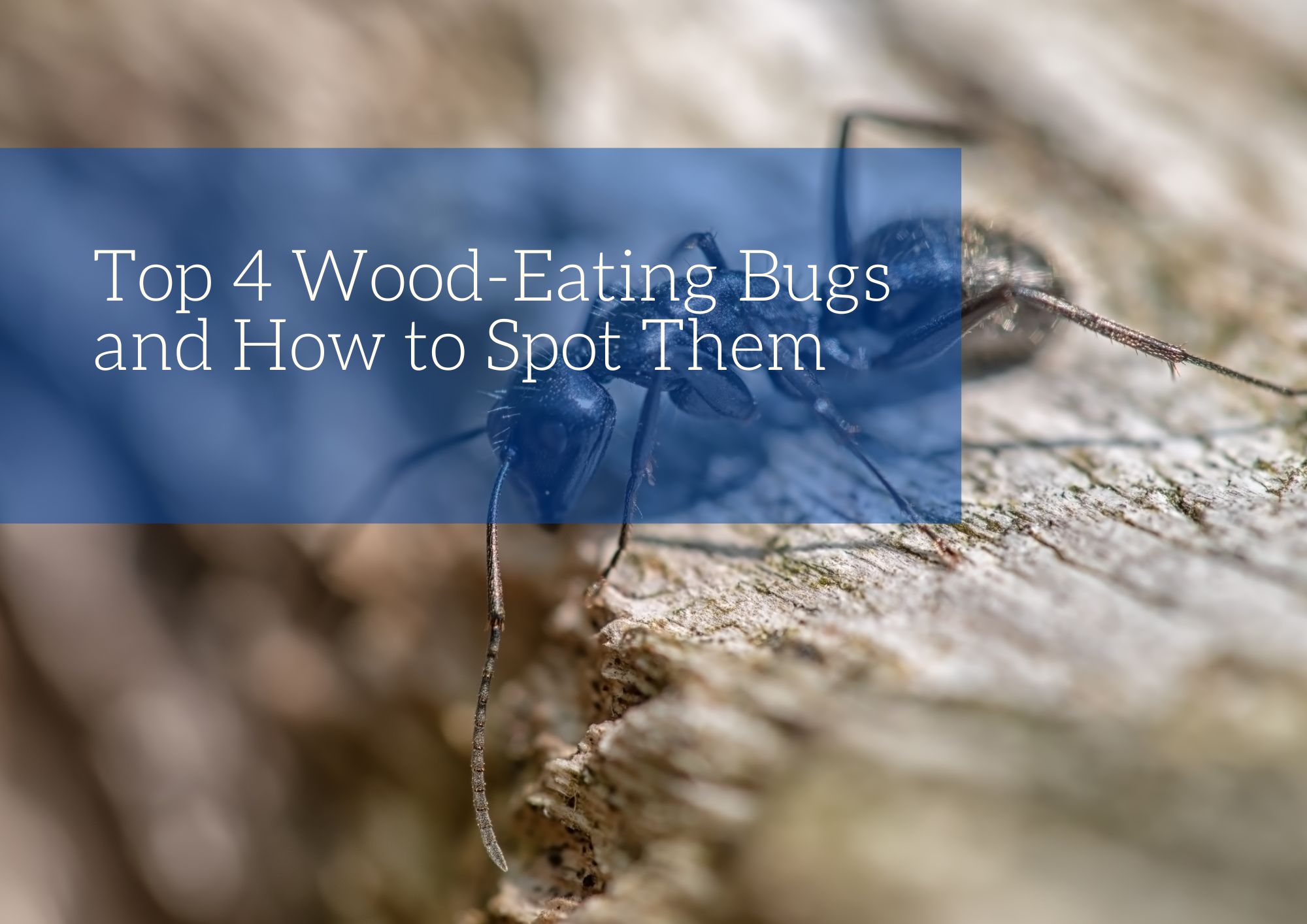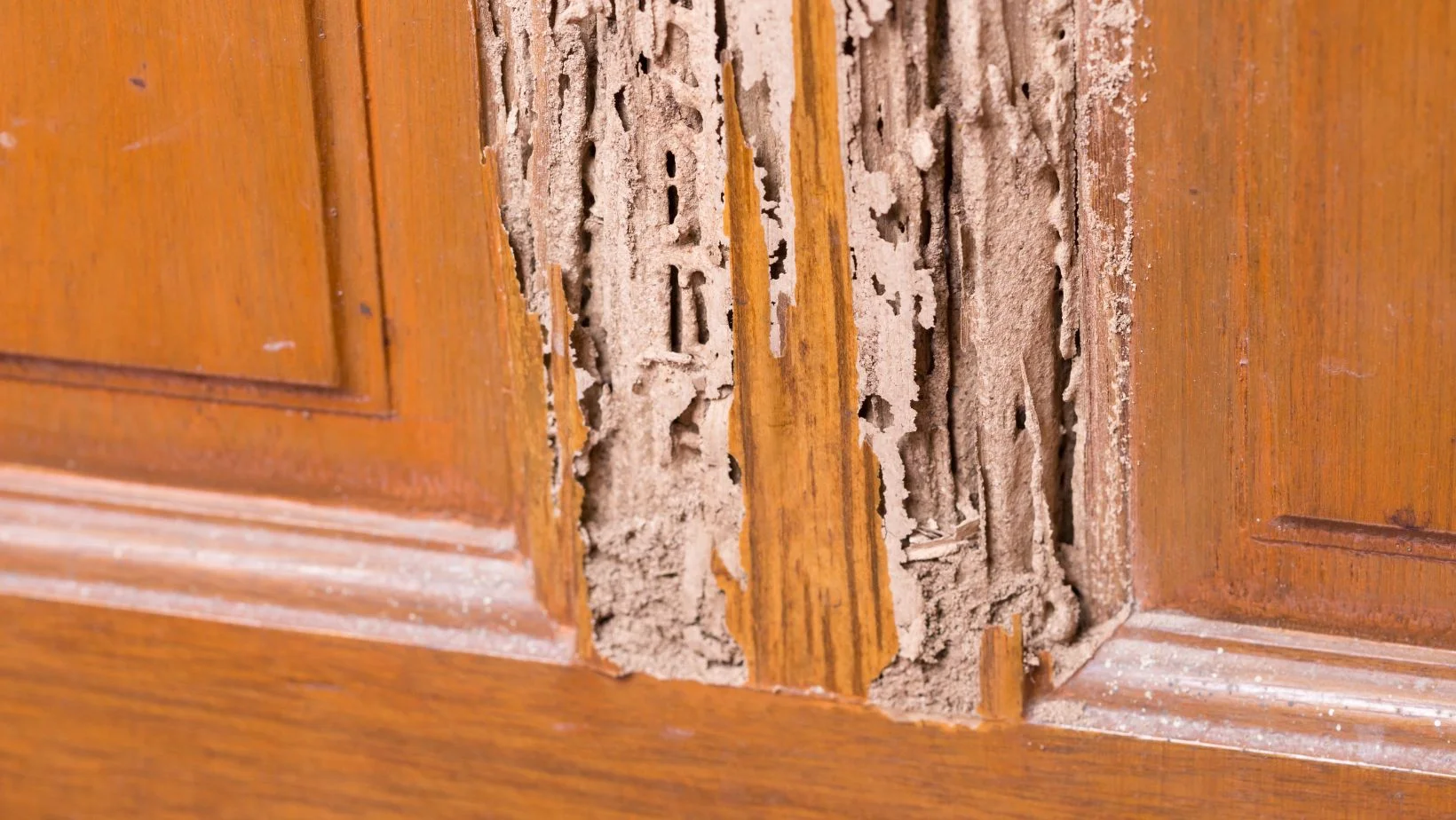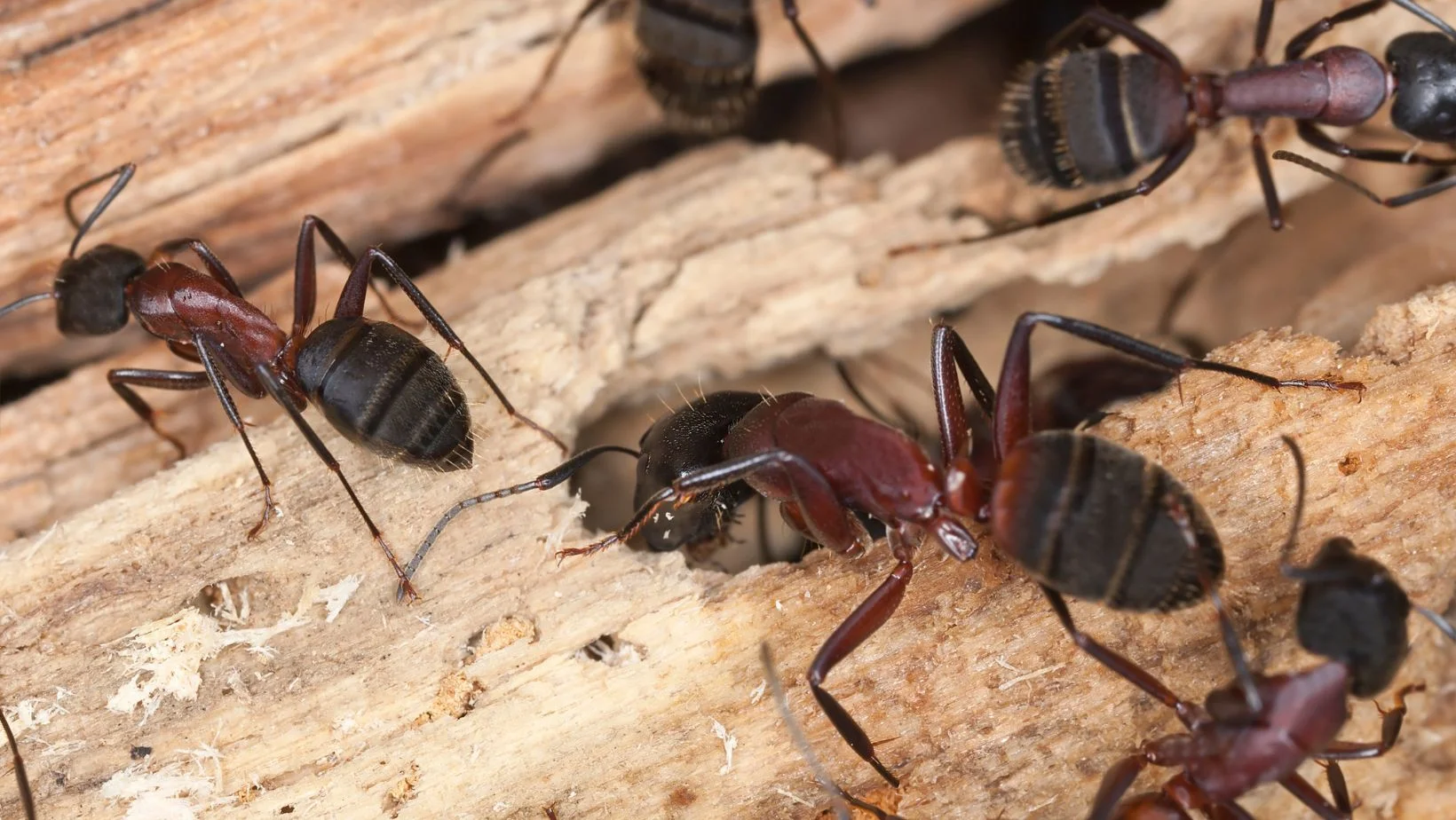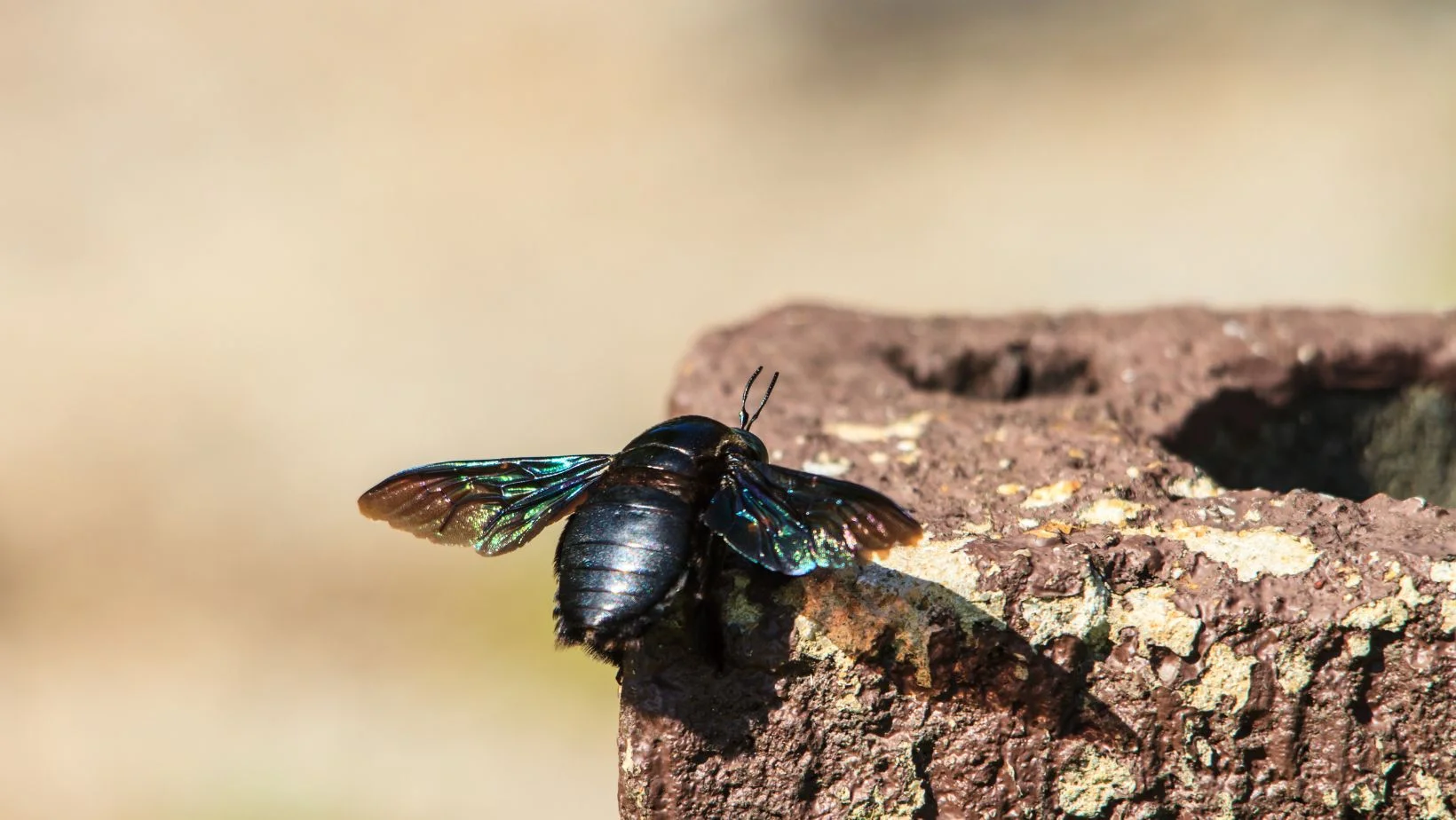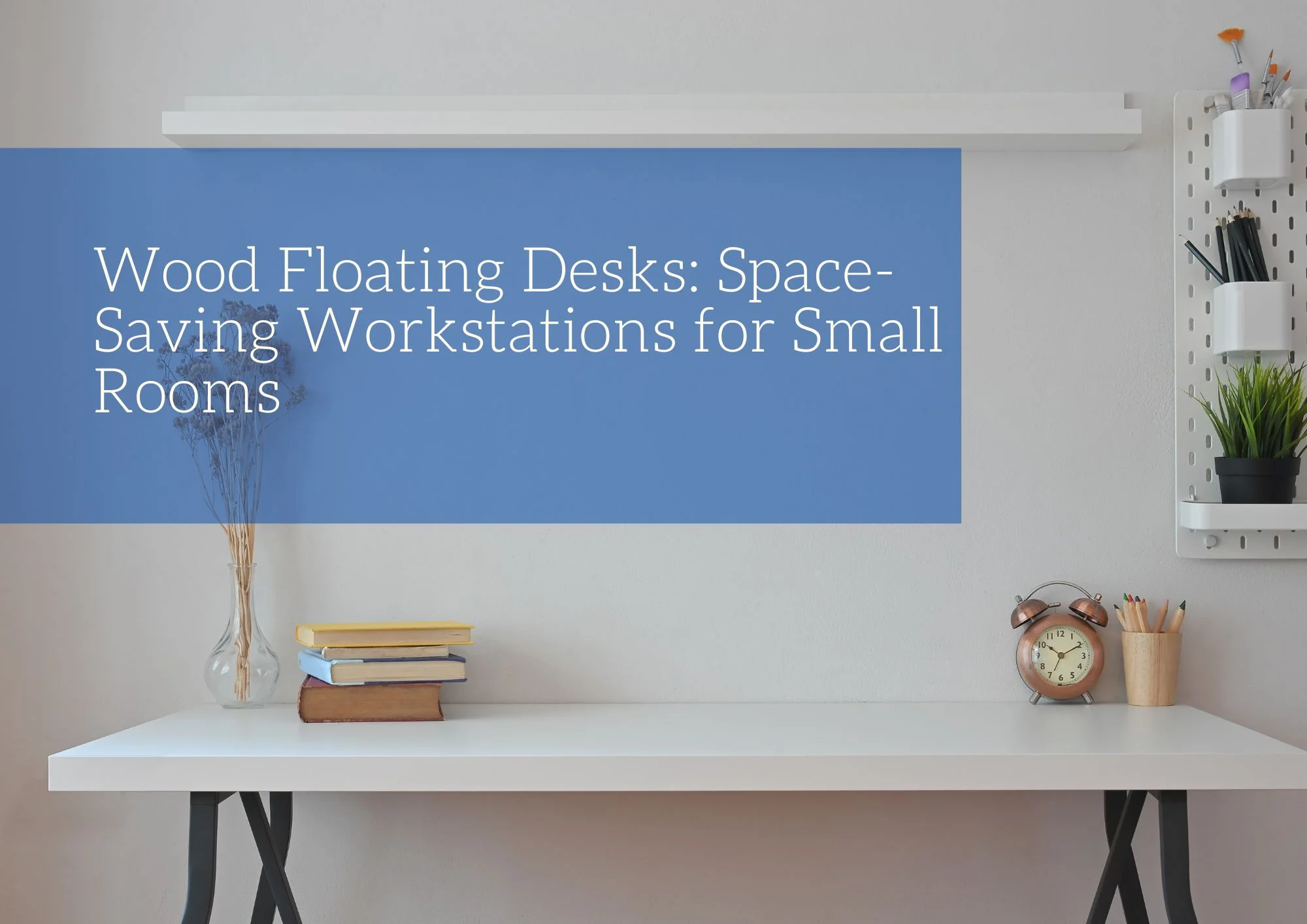Wood is a natural material that adds warmth and charm to any home. However, it’s also susceptible to damage from certain insects. These bugs can compromise the structural integrity of your home if left unchecked. In this blog, we’ll explore the top five wood-eating bugs and how to spot them before they cause significant damage.
Termites
Overview: Termites are perhaps the most notorious wood-destroying insects. These small, white, or light brown bugs can cause extensive damage by eating away at wood from the inside out.
How to Spot Them:
- Mud Tubes: Termites create mud tubes to travel between their nest and food source. These tubes are typically found along the foundation of your home.
- Hollow-Sounding Wood: Tap on the surface of the wood; if it sounds hollow, it might indicate termite damage.
- Swarms: Winged termites, or swarmers, may appear in large numbers during warm seasons, indicating an active colony nearby.
Carpenter Ants
Overview: Carpenter ants don’t eat wood, but they tunnel through it to create nests. They can cause significant structural damage over time, especially in damp or rotting wood.
How to Spot Them:
- Sawdust Piles: Look for small piles of sawdust-like material near wooden structures. This is a clear sign of carpenter ant activity.
- Rustling Noises: You may hear faint rustling noises inside walls, which could indicate a carpenter ant infestation.
- Large Black Ants: Carpenter ants are large, black or dark brown, and can be seen foraging around your home, especially at night.
Powderpost Beetles
Overview: Powderpost beetles are small insects that lay their eggs in cracks of unfinished or untreated wood. The larvae bore into the wood, leaving behind a fine powder as they tunnel through it.
How to Spot Them:
- Fine Wood Dust: Look for a fine, talcum-like wood powder near wooden surfaces, especially in basements or attics.
- Small Exit Holes: Tiny, round holes in the wood indicate where adult beetles have emerged.
- Weak Wood: Powderpost beetle infestations can weaken wood, making it easy to crumble or break.
Carpenter Bees
Overview: Carpenter bees resemble bumblebees but are less aggressive. They bore into wood to create nests, particularly in softwoods like pine and cedar.
How to Spot Them:
- Round Holes: Carpenter bees create nearly perfect round holes, typically about ½ inch in diameter, in wood surfaces.
- Sawdust and Pollen: You may find sawdust and yellowish pollen near the entrance holes.
- Bee Activity: If you notice large bees hovering around wooden structures, especially during the spring, it could indicate carpenter bees are nesting.
Preventing and Managing Wood-Eating Bugs
Preventing infestations is the best way to protect your home from wood-eating bugs. Here are some tips:
- Keep Wood Dry: Moisture attracts wood-eating insects, so ensure your home’s wood is dry and well-ventilated.
- Seal Cracks: Regularly inspect and seal cracks or gaps in your home’s exterior to prevent bugs from entering.
- Treat Wood: Use treated or painted wood when building, as untreated wood is more susceptible to infestations.
- Regular Inspections: Schedule regular inspections by a pest control professional to catch infestations early.
Wood-eating insects can cause significant damage to your home if not properly managed. By understanding the signs of an infestation and taking preventative measures, you can protect your home’s structure and maintain its beauty. If you suspect an infestation, it’s best to consult a pest control professional for an assessment and treatment plan.


